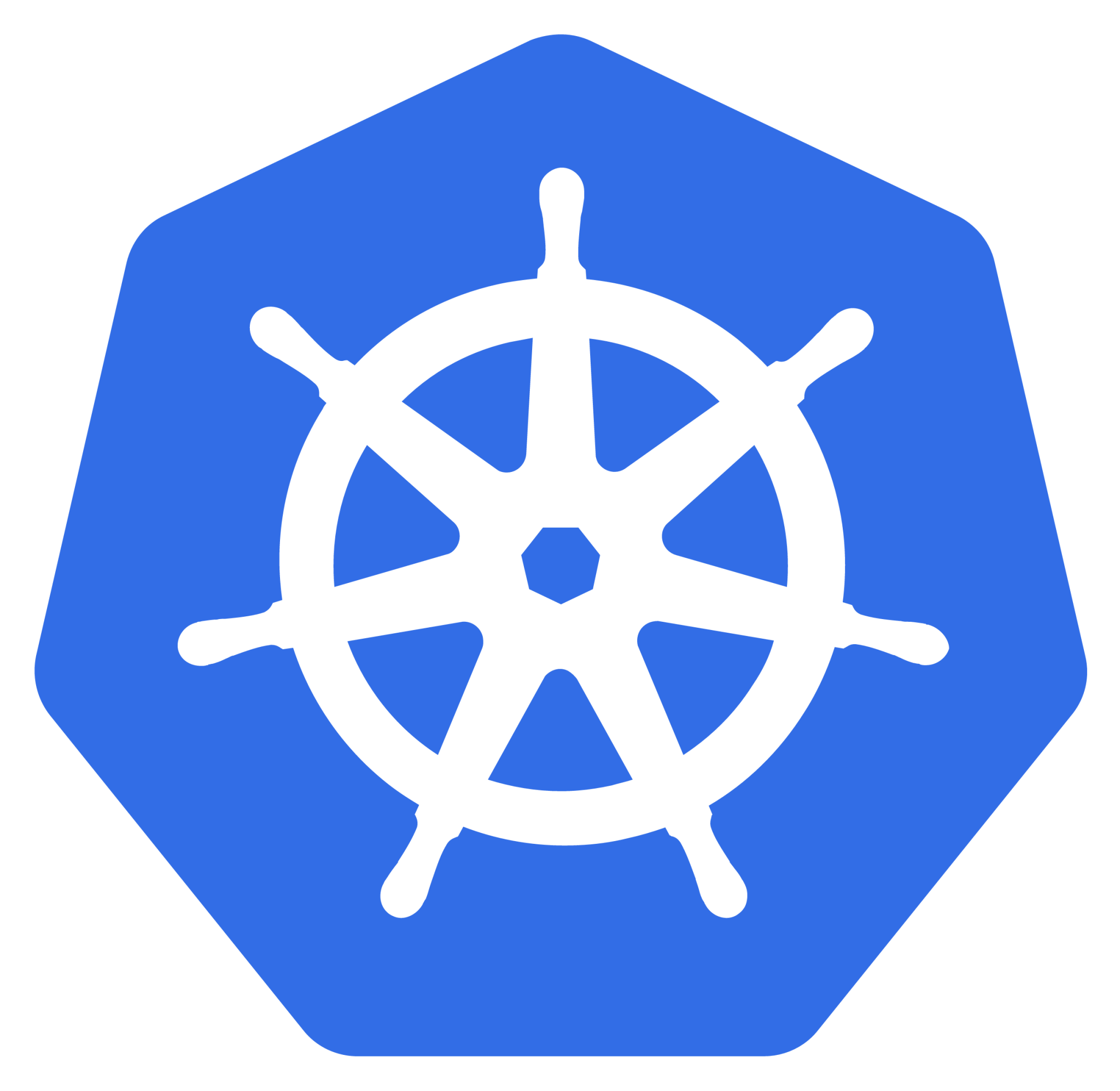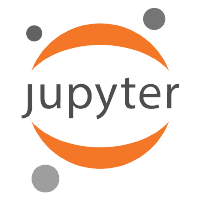Empowering Innovation with Open-Source Expertise
We are a dedicated team of open-source experts who believe in the power of technology to transform businesses. By partnering with us, you get more than software solutions—you gain a strategic ally.
We specialise in building end-to-end, custom solutions for you that will help you harness the full potential of open-source technology to meet your goals and drive meaningful value for your organisation. Whether you’re looking to enhance efficiency, streamline processes, or unlock new opportunities, we’re here to make it happen.
We have successfully deployed and managed all the applications listed below in production, seamlessly integrating single sign-on for enhanced security and ease of use.
Hover over each icon to see a brief description, along with links to the software’s homepage and GitHub repository. Take some time to explore these resources and see the possibilities they offer.
When you’re ready, check out our Solutions page to discover how we bring these tools together into powerful, cohesive systems.








FAQ
Common questions, answered.
Open Source Software
Open source software is software that is made available to the public with its source code. This means anyone can view, modify, and distribute the code, fostering a collaborative environment where developers can improve the software. Open source software is typically maintained by a community of developers and users, promoting transparency and innovation. Popular examples include:
- Linux: An open-source operating system kernel.
- Mozilla Firefox: An open-source web browser.
Closed Source Software
Closed source software, on the other hand, is proprietary software where the source code is kept secret. Only the original creators have access to the code, and users must rely on the software as-is, without the ability to modify or distribute it. This model often prioritises corporate interests and can result in limited user customisation. Common examples include:
- Microsoft Windows: A widely-used proprietary operating system.
- Adobe Photoshop: A popular image editing software.
Key Differences
- Accessibility: Open source software allows anyone to view and modify the code, while closed source software restricts access to the source code.
- Cost: Open source software is often free to use, although some projects offer paid enterprise versions that may include closed-source extensions or additional features. In contrast, closed source software typically requires a purchase or subscription.
- Support: Open source software may rely on community support, whereas closed source software usually provides formal customer service and support options.
Here is link to a blog post that goes a bit deeper into the topic: Open-Source vs Closed-Source
To explain how open source works, imagine you created a really cool app that you want to share with others. Open-source licenses are the rules you set for how people can use, modify, and share your app’s source code.
Here’s a look at some common licenses and what they mean:
MIT License:
- What It Means: "You can do anything with my app’s source code. Just make sure to include my original license if you share it—and if something breaks, I’m not responsible."
GPL (General Public License):
- What It Means: "You can use my app, but if you change or improve it, you must share those changes with everyone else."
Apache License:
- What It Means: "Feel free to use and modify my app’s source code, but please credit me for the original work, and be mindful of any patents."
Key Differences
- Freedom vs. Control: Some licenses allow for more freedom (like MIT), while others require sharing modifications (like GPL).
- Free vs. Enterprise Versions: Some open-source projects offer a free version with essential features, along with an enterprise version that includes advanced functionality and business support. This setup allows users to start for free and upgrade as their needs grow. If desired, we’re available to assist with implementing this process whenever it might be needed.
📝 Note
Some projects place additional restrictions on using their free versions in production environments or for monetisation. We have studied these terms closely to assist you in ensuring compliance, leading to minimised risk for your business.
Where We Fit In
Our team leverages the knowledge and experience gained through dedication and hard work to deliver effective solutions in weeks instead of months. By combining the flexibility of open-source principles with the reliability of established practices, we ensure a tailored solution that meets your needs without the lengthy development cycles typical of traditional closed-source software.
We build solutions that integrate seamlessly with your existing infrastructure, allowing you to benefit from open-source technologies without the typical barriers to entry. Whether you’re new to open source and need assistance with migration, or you're already utilising some open-source services and looking to optimise your business further, we are here to enhance your operations with effective open-source solutions.
See how we've successfully implemented solutions for businesses like yours.
Consulting ServicesContainers:
Think of containers as "mini-environments" that bundle an application and everything it needs to run—like code, system tools, and libraries—into one package. This makes it super portable and consistent, so it runs the same way, no matter where it’s deployed (your laptop, a server, or the cloud).
🧳 It's a bit like packing all your favorite cooking ingredients into a box that you can bring anywhere, and they’ll always make the same delicious meal!
Microservices:
Microservices are a way of designing applications as a collection of small, independent services that each do one thing really well. Instead of building one big, complex app, we split it into smaller, focused parts (or "services") that work together. Each microservice can be developed, updated, or scaled independently, making the app more flexible and resilient.
🔧 Imagine a well-coordinated team where each person has a unique skill, working together to get things done faster and more reliably.
Cloud-Native:
Cloud-native is an approach to building applications specifically for cloud environments. It involves using tools and practices like containers and microservices to create apps that are resilient, easy to update, and able to scale up or down based on demand.
☁️ Cloud-native apps are like modern, flexible buildings that can grow, change, or even move locations based on what’s needed—making them incredibly adaptable.






